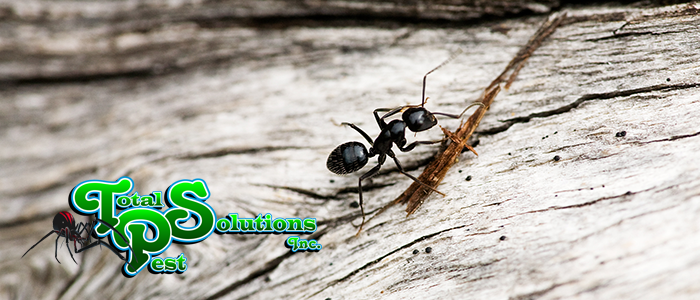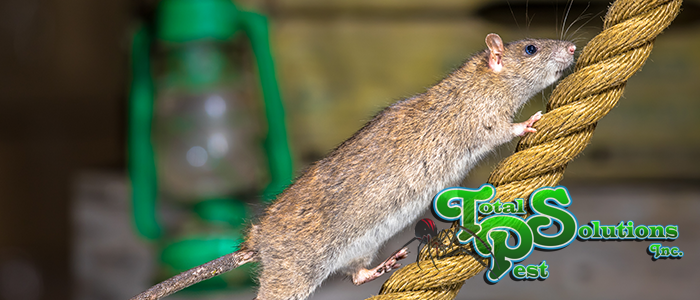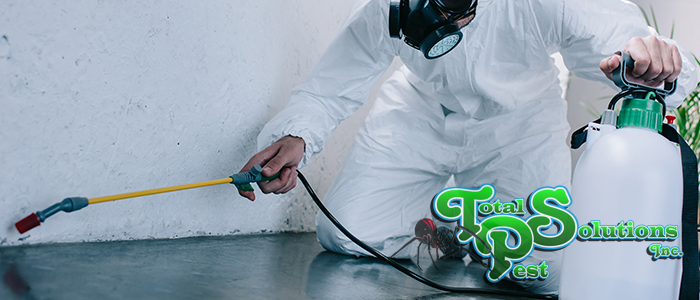
Florida, the state that has the best beaches, Disney World, and apparently, crazy bugs. The state’s tropical climate coupled with the wide variety of climates means that the state is host to a wide range of pests. Ants are such a common issue that the state has its own species – Formica archboldi, a.k.a. the Florida ant. Read on to learn how the so-called Florida ants are in the running for spookiest home décor in the animal planet.
Florida Ants 101
The Formica archboldi is native to the Southeastern United States, with sightings in Florida, Georgia, and Alabama. The ants appear at their highest density in our beautiful tropical state. The ant was first identified in Highlands County, in the central south area of the state. People who live along the coasts and far into southern Florida do not have to worry about the Florida ants. The Florida ant avoids water as much as possible. Other than a single outlier, the ants have only been seen as far south as their original sighting in Highland County.
The ants thrive in pine woodlands and scrub areas, dry and dusty climates. They prefer sandy soil and the protection of pine trees or wiregrass. Archiboldi are very sensitive to human expansion, they flee once humans move into an area. Many etymologists in Florida use the little bugs as a tracker for the integrity of a site.
The thing that sets Florida ants apart from other Southeastern species, however, is how they decorate their nests. Their secret to the perfect home? Skulls. Skulls in every room that they can fit into.
Florida ants before now were not thought to be predators to other ants, nor cannibals. In some places they are even “slave ants” to other species. Yet, these small ants are often found with stacks of skulls in the various rooms of their colonies. Their favorite to collect is the severed head of trap-jaw ants.
How To Decapitate A Trap-Jaw Ant
Trap-jaw ants are very aggressive. They have thick, nearly impenetrable, exoskeletons, huge jaws they clamp shut, and a massive stinger that paralyzes other ants. How do the much smaller and less well-armored Florida ants not only kill, but dismember the much larger trap-jaw species? Adrian Smith, a Florida native who is a etymology researcher at North Carolina State University, decided to find out.
Smith combined slow-motion and time lapsed video to study how the Florida ants went about their nearly insurmountable task. Smith used slow-motion video to watch the actions of individual ants. On the other hand, the time lapse video observed the overall colony as a whole.
The first line of attack is when the Florida ants spray the trap-jaw ants with formic acid from their abdomen. This acid is a paralytic and freezes the larger ant in its tracks. Then, the trap-jaw ant cannot move to attack or walk away. The death knoll is when the Florida ants pick-up the paralyzed predator-turned-prey and carry them into the colony.
The trap-jaw is filed away as food once it is inside the colony. For about 18 hours, the Florida ants attack the trap-jaw ant until the skull pops off the rest of the body. As a reminder, the trap-jaw ants are not dead yet, just paralyzed.
Adrian Smith posits that the native pests may do all of this for food. Not only are the trap-jaw ant treated like food in the colony, their bodies are often hollowed out by the Florida ants.
continue reading
Related Posts
Rat Infestation: A Nightmare in Your Home As a homeowner, […]
Don’t Let Pests Take Over: The Top 5 Signs You […]
Flea Infestations in Your Workplace – A Complete Guide for […]






